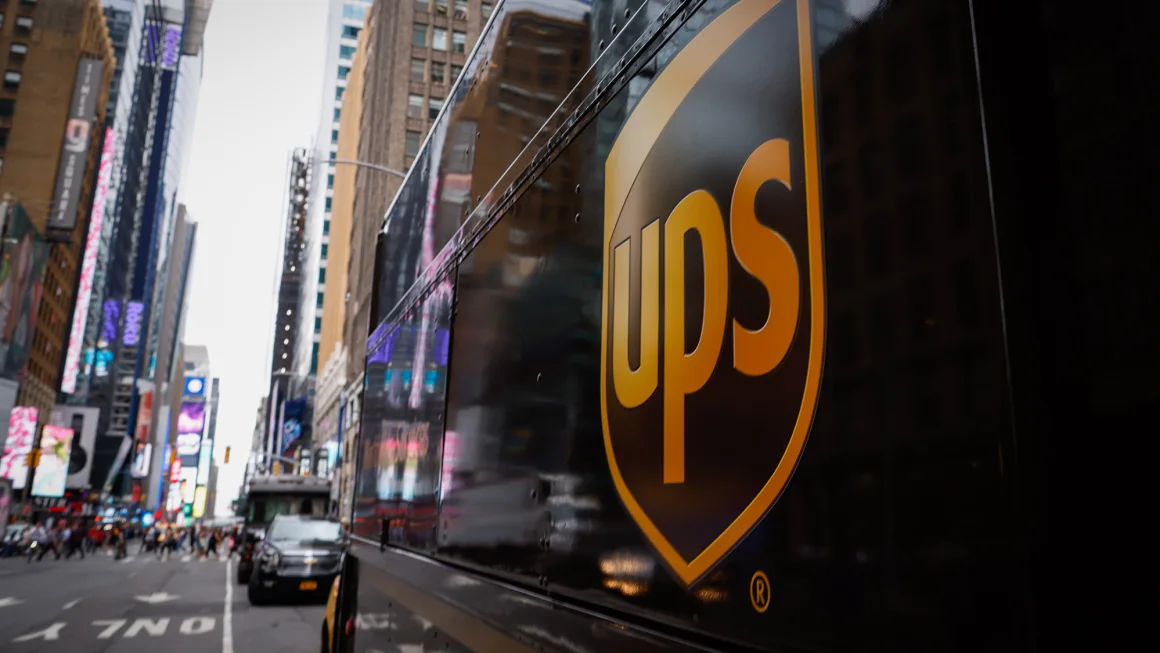In a significant restructuring move, UPS announced eliminating 12,000 jobs, targeting mainly managerial and contractor positions. This decision is part of the company’s broader strategy to achieve $1 billion in cost savings. The announcement came alongside a less-than-optimistic sales outlook for the upcoming year, with the company projecting global revenue to be in the range of $92 billion to $94.5 billion, a figure that falls short of analysts’ expectations surveyed by Refinitiv, who anticipated at least $95.6 billion.
The backdrop to these developments includes a decline in UPS’s business over the past year, partly attributed to customer concerns over a potential Teamsters strike, which led to a shift towards competitors like FedEx. Despite expectations to regain most of the lost business, UPS has only managed to recover about 60%. CEO Carol Tome expressed the company’s disappointment in the revenue shortfall, especially following a pandemic-driven surge that saw sales exceed $100 billion in 2022. “Candidly difficult and disappointing,” Tome remarked during a conference call with investors, citing macroeconomic factors and disruptions from labour contract negotiations as significant contributors to the downturn.
The job cuts are seen as a necessary adjustment in the face of a sluggish forecast for the US small package market, which is expected to grow by less than 1% in 2024, excluding Amazon. Moreover, UPS is grappling with a 12.1% increase in union wage rates, necessitating further cost reductions. CFO Brian Newman emphasized the permanency of these layoffs, stating, “It’s a change in the way we work…we don’t expect these jobs to come back.”
As UPS navigates these challenging times, the focus remains on streamlining operations and adapting to a rapidly changing market landscape. While challenging, the company’s proactive measures aim to ensure long-term sustainability and competitiveness.
The job cuts at UPS reflect the harsh realities of many companies in today’s economic environment. As UPS restructures to align with current market conditions, the broader implications for the logistics and delivery industry and the workforce will be closely watched. The path forward for UPS involves balancing cost-cutting measures with strategies to recapture lost business and adapt to evolving consumer behaviours. This challenge will undoubtedly shape the company’s future trajectory.





















+ There are no comments
Add yours